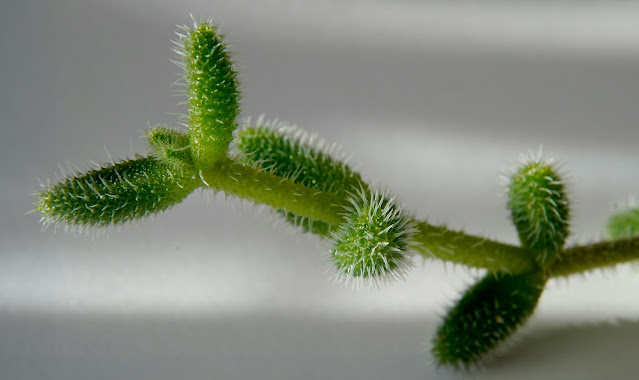11 Reasons Why Pigeon Peas Are a Must-Grow in Garden Every Year

Pigeon peas (Cajanus cajan) are a homesteader's dream crop. Not only are they a versatile and nutritious addition to your diet, but they also offer a range of benefits for your garden and livestock. In this comprehensive guide, we'll cover everything you need to know about growing, harvesting, and using pigeon peas on your homestead. Why Grow Pigeon Peas? Homesteading often comes with the challenge of producing enough food to sustain your family. Pigeon peas are a fantastic solution, offering a high-protein, calorie-rich crop that requires minimal space and maintenance. Here are some reasons why you should consider growing pigeon peas on your homestead: Nutritional Benefits : Pigeon peas are a nutritional powerhouse, packed with protein, fiber, and essential nutrients. They can be a valuable addition to a plant-based diet, providing a sustainable source of protein. Easy to Store : Once dried, pigeon peas can be stored for up to three years, making them an excellent pantry stapl

